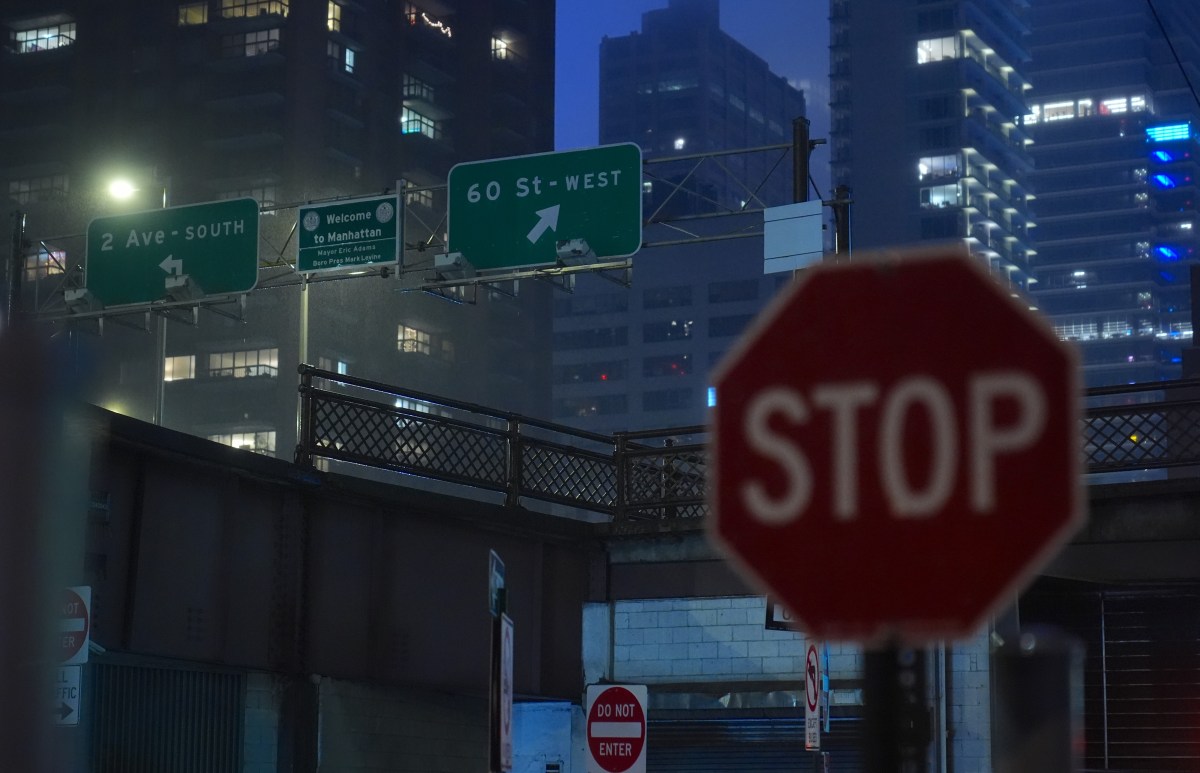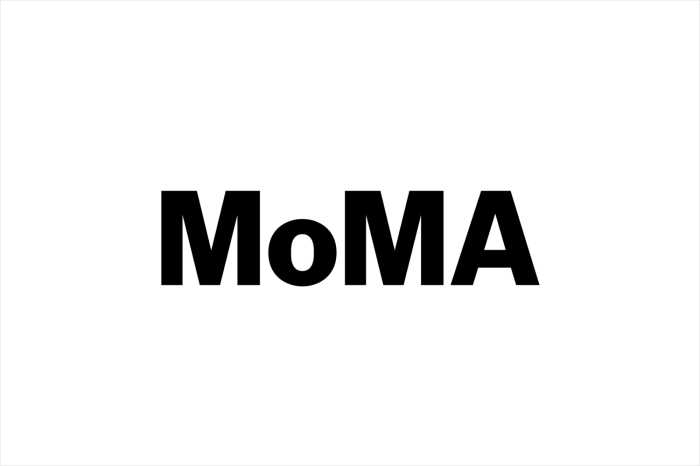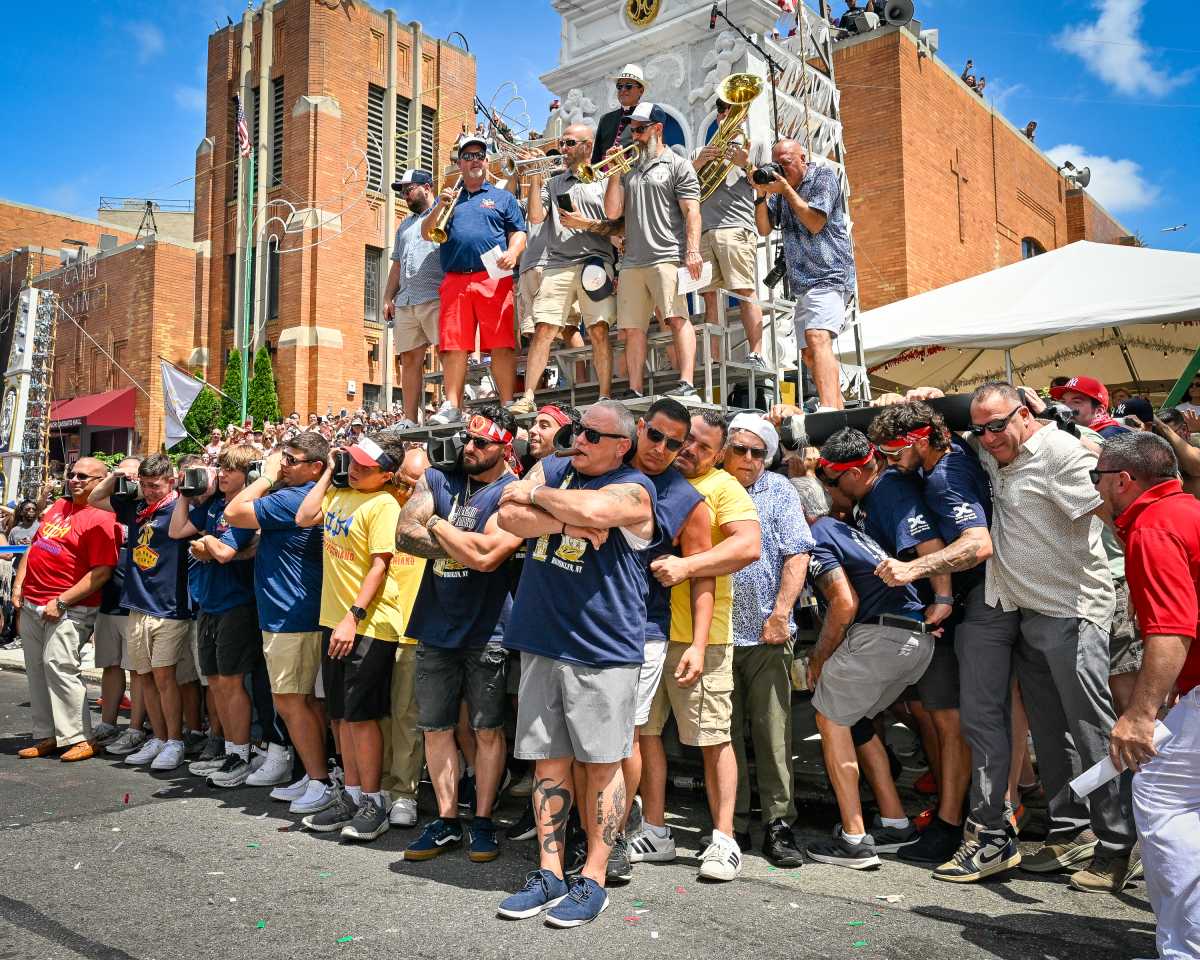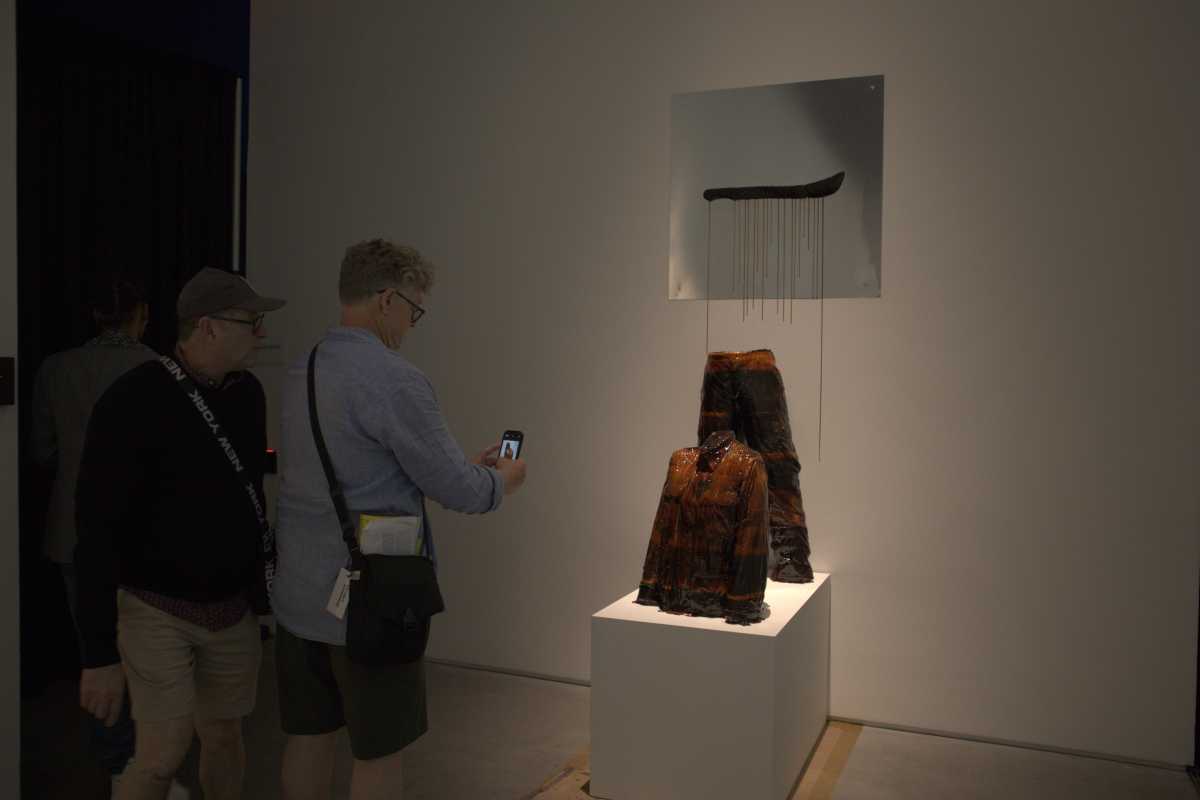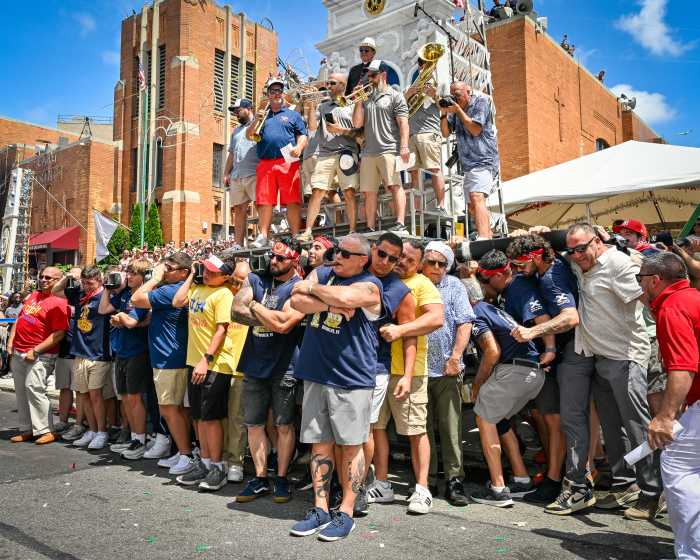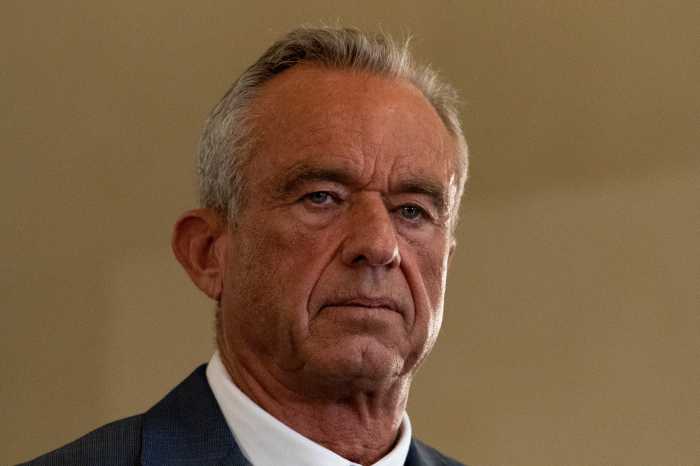The MTA and federal government came to an agreement on Monday that would extend the life of congestion pricing in NYC at least until the fall.
U.S. Secretary of Transportation (USDOT) Secretary Sean Duffy made it clear through several letters to Gov. Kathy Hochul and MTA officials that he wants to end the controversial tolling program in Manhattan by April 20. But, according to reports, both the MTA and the feds have agreed to keep the tolls going and the cameras rolling through at least October.
The extension allows congestion pricing to continue at least temporarily as a lawsuit to keep it going permanently plays out in the courts.
But USDOT officials held steadfast and said that “simple agreements” have “no bearing” on their position to end congestion pricing, which the agency called “cordon pricing” in its statement.
“USDOT’s position remains that New York’s elitest cordon pricing scheme is illegal, a form of class warfare that targets working Americans, and unfair to the driving public whose tax dollars have already paid for these roads,” a department spokesperson said.
The fall timeline follows the USDOT’s Feb. 19 attempt to end the program by terminating the original approval it received under the Biden Administration. In response, Hochul, along with officials from the state-run MTA filed a lawsuit in federal court to defy Duffy’s order.
Subsequently, USDOT then changed the alleged shut-off date to April 20.
The new October date follows Duffy’s visit to NYC on April 4, when he rode the subways starting at Brooklyn Borough Hall with Mayor Eric Adams.
Even as the program continues now for at least six months, MTA officials must still scramble to get their $68.4 billion capital plan approved for 2025-2029.
The plan, which is separate from the agency’s operating budget, includes city, state, and federal funding and is designed to improve and expand the 120-year-old subway system. The plan allocates money for new rail cars, more than 60 new accessible stations, and modern fare gates at train station entrances.
Congestion pricing, which went into effect on Jan. 5, would also fund major transit improvements for the subways, buses and Metro-North and Long Island Rail Road commuter train systems.
It is unclear when the courts will decide whether or not to stop congestion pricing, but the camera and toll gantries remain in operation, at least for now.





